- Paperback: 736 pages
- Publisher: LWW; 11 edition (October 11, 2017)
- Language: English
- Format: PDF Original
- ==========================+======================
-
Note : We will send ebook download link after confirmation of payment via paypal success
Payment methods: Visa or master card (Paypal)
Roach’s Introductory Clinical Pharmacology 11th
$10
by Susan M. Ford MN RN CNE (Author)
- NEW! Unique Concept Mapping introduced in Chapter 5, Patient Education help students both process and visualize important concepts.
- NEW! A List of Abbreviations is now on the inside back cover for easy reference.
- NEW! Concept Mastery Alerts highlight and clarify commonly misunderstood concepts.
- Pharmacology in Practice Case Studies focus on assessment, administration, or teaching issues that affect real-life patients and are revisited in the Think Critically questions which ask students to explore options and make clinical judgments related to the administration of drugs.
- The Nursing Process framework presents care of the patient as it relates to the drug and drug regimen, as well as Checklists of Relevant Nursing Diagnoses.
- Patient Case Study scenarios threaded through each chapter offer a “simulation-focus” to help students get a sense of real world nursing.
- Nursing Alerts quickly identify urgent nursing actions that may be required when managing a patient receiving a specific drug or drug category through.
- Drug Interaction Tables provide at-a-glance information about the likelihood of a patient problem when multiple drugs are given.
- Summary Drug Tables list drugs from the classes discussed in each chapter, including names, uses, frequent adverse reactions, and general dosing information.
- Lifespan Considerations boxes meet the needs of specific populations at risk or needing specific drug administration considerations through practical.
- Herbal Considerations boxes provide information on herbs and complementary and alternative remedies.
- Chronic Care Considerations prepare for situations that may arise during drug therapy for patients with chronic illnesses, such as diabetes, hypertension, or epilepsy, including issues of polypharmacy through.
- Know Your Drugs (matching questions), Calculate Medication Dosages (dosage calculation questions), and Prepare for NCLEX-PN (NCLEX-style questions), appear at the end of each drug chapter.
- Learning Objectives, Key Terms, and Drug Class lists identify potential errors and safety concerns to help students focus their reading and enhance their mastery of course concepts.
- An updated Appendix H (NCLEX-PN test plan) addresses he latest test plan, as well as the concept-based curricula through additional definitions and links to content items in the text that correspond to concept-based teaching strategies
Roach’s Introductory Clinical Pharmacology 11th
by Susan M. Ford MN RN CNE (Author)
Publisher’s Note: Products purchased from 3rd Party sellers are not guaranteed by the Publisher for quality, authenticity, or access to any online entitlements included with the product.
KEY FEATURES
This leading content is also incorporated into Lippincott CoursePoint, a dynamic learning solution that integrates this book’s curriculum, adaptive learning tools, real-time data reporting, and the latest evidence-based practice content together into one powerful student education solution. Lippincott CoursePoint improves the nursing students’ critical thinking and clinical reasoning skills to prepare them for practice. Learn more at www.NursingEducationSuccess.com/CoursePoint.
Product details |
Related Products
Pharmacology Books
Pharmacology Books
Pharmacology Books
Clinical Psychopharmacology: Principles and Practice (Original PDF from Publisher)
Pharmacology Books
Pharmacology Books
Secrets From A Herbalist’s Garden: A Magical Year of Plant Remedies (EPUB)
Pharmacology Books
Drug Design using Machine Learning (Original PDF from Publisher)
Pharmacology Books
Pharmacology Books
Applied Pharmaceutics in Contemporary Compounding, 4e (Original PDF from Publisher)
Pharmacology Books
Pharm Phlash!: Pharmacology Flash Cards, 3rd Edition (Original PDF from Publisher)
Pharmacology Books
Pharmacy Calculations, 6th Edition (Original PDF from Publisher)
Pharmacology Books
Student Workbook for Pharmacology Made Simple (Original PDF from Publisher)
Pharmacology Books
Core Concepts in Pharmacology, 5th Edition (Original PDF from Publisher)
Pharmacology Books
2022 Nurse’s Drug Handbook, 21th Edition (Original PDF from Publisher)
Pharmacology Books
Pharmacology for Paramedics, 2nd Edition (Original PDF from Publisher)
Pharmacology Books
Flaxseed: Evidence-based Cardiovascular and other Medicinal Benefits (EPUB)
Pharmacology Books
Drugs and the FDA: Safety, Efficacy, and the Public’s Trust (EPUB)
Pharmacology Books
Discoveries in Pharmacology – Volume 1 – Nervous system and hormones 2022 Original PDF
Pharmacology Books
Textbook of Pharmacology – Prasan Bhandari 2022 Original PDF
Pharmacology Books
Pharmacology Books
Pharmacology of Drug Stereoisomers (Progress in Drug Research, 76) 2022 Original PDF
Pharmacology Books
Pharmacology Books
Current Drug Synthesis (Wiley Series on Drug Synthesis) 1st Edition 2022 Original pdf
Pharmacology Books
Pharmacology Books
Phytoantioxidants and Nanotherapeutics 2022 epub+converted pdf
Pharmacology Books
Drugs, Behavior, and Modern Society, 9th Edition 2022 Original PDF
Pharmacology Books
Pharmacology Books
Pharmacology Books
Pharmacology Books
Innovations in Fermentation and Phytopharmaceutical Technologies 2022 Original PDF
Pharmacology Books
Pharmacology Books
Drugs in American Society , 11th Edition 2022 Epub+converted pdf
Pharmacology Books
The Pharmacy Technician Workbook & Certification Review, 7th Edition 2020 Original PDF
Pharmacology Books
Pharmacology Books
Nanocosmeceuticals: Innovation, Application, and Safety 2022 Original PDF
Pharmacology Books
Edmunds’ Pharmacology for the Primary Care Provider, 5th Edition 2022 Original PDF
Pharmacology Books
Drug Delivery Systems for Metabolic Disorders 2022 Original PDF
Pharmacology Books
Drugs in American Society, 10th Edition 2019 epub+converted pdf
Pharmacology Books
Pharmacology Books
Materia Medica of New and Old Homeopathic Medicines, 3rd Edition 2022 Original PDF
Pharmacology Books
Lippincott Illustrated Reviews: Pharmacology, Eighth Edition 2022 epub+converted pdf
Pharmacology Books
Pharmacology and the Nursing Process,10th Edition 2022 Original PDF
Pharmacology Books
Study Guide for Pharmacology and the Nursing Process,10th Edition 2022 Original PDF
Pharmacology Books

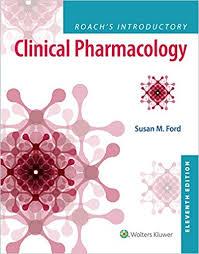

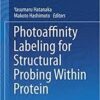
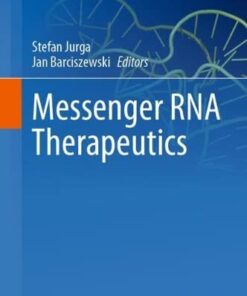
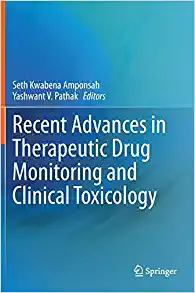
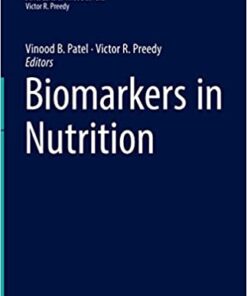
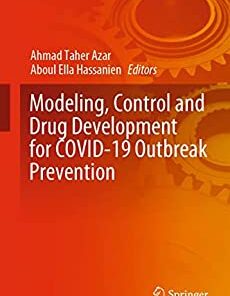



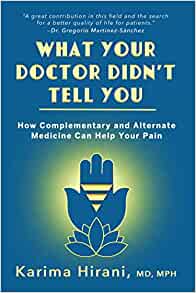
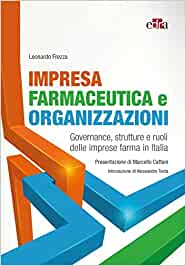

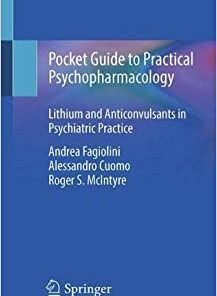
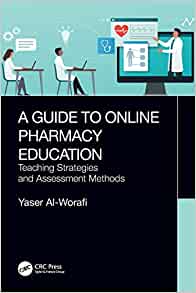
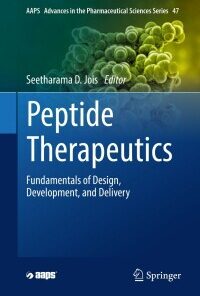

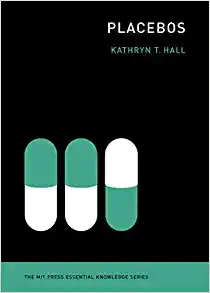
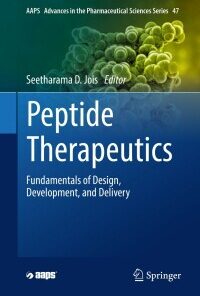
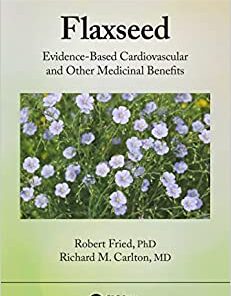

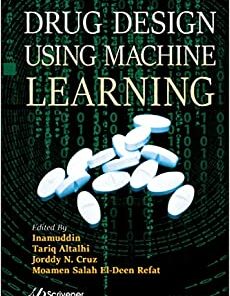
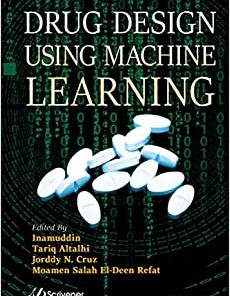
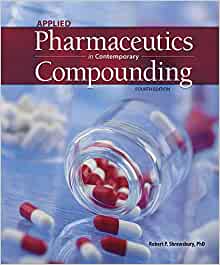

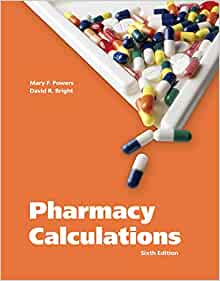

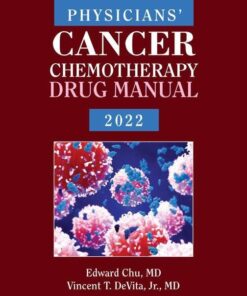
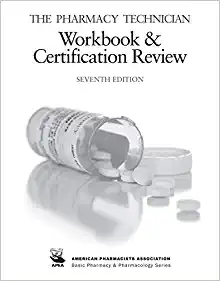



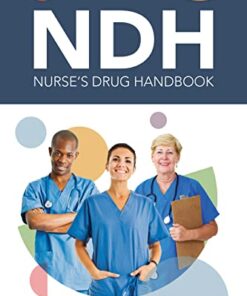
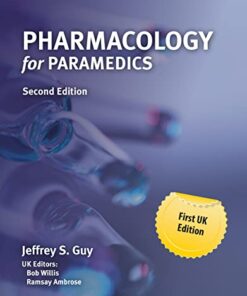
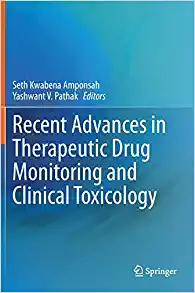
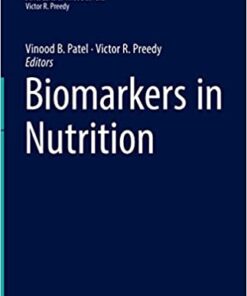
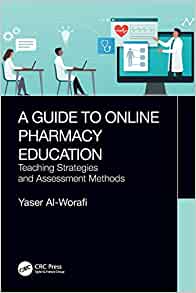
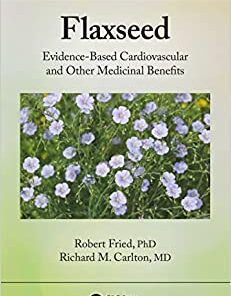
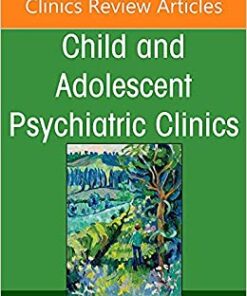
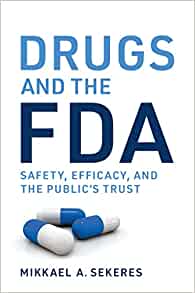
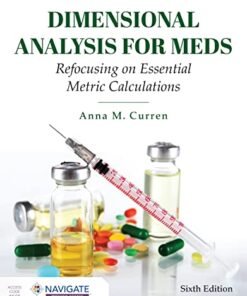

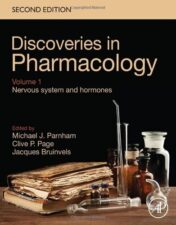
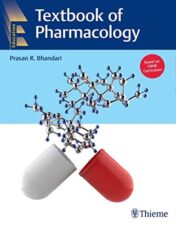





















![Pharmacology: Connections to Nursing Practice [RENTAL EDITION], 5th Edition 2021 Original PDF](https://surgerybooks.net/wp-content/uploads/2022/09/9780137659166-1-176x225-1.jpg)




































